Q&A with Stephen Madden, author of Embrace the Suck

I’ve long wanted to try CrossFit, but can now keep putting it off for awhile. Steve Madden has taken the journey for me, and all other readers of his new memoir, Embrace The Suck: What I Learned At The Box About Hard Work, (VERY) Sore Muscles, and Burpees Before Sunrise.
What could have been a superficial treatment is surprisingly personal and compelling. Madden writes about being a chunky boy, and how pushing through the pain and finishing the WOD—CrossFit argot for Workout of the Day—helped him conquer his feelings of athletic inadequacy. Well, maybe not so much conquer as—to use the verb from his title—embrace. He comes to accept, “after a lifetime of beating myself up, that when it came to a realm of human activity in which I had always wanted to excel, I was perfectly subpar, and that the joy and reward were coming from the perseverance and pleasure of the movement, not measuring myself against everybody else.”
Of course he still compulsively measures himself against everybody else. We all do. The point is, Madden’s epiphanies are genuine, and well rendered in this book. He’s the genial smart-ass from Dorchester, Mass., who doesn’t suffer fools, and makes excellent company for this brisk read. He may be subpar as an athlete. He’s far, far above that as a writer.
Edge: You were the editor-in-chief at Bicycling magazine for seven years, and describe yourself as kind of a diesel on the bike. What was the appeal of CrossFit?
Stephen Madden: It was a way to beat the guys on my ride at something. You know how those group rides are with middle-age men. Even a coffee shop ride turns into a race. And I was aggressively mediocre at it. One winter I busted my ass, getting in shape on the trainer, and the best I could do was to be, to borrow a friend’s phrase, “The fastest of the slow guys.” I wanted to be the slowest of the fast guys.
Edge: You write a little about first getting into CrossFit, then having a lot of extra pop when you got back on the bike. What happened?
Madden: So, the first winter that my wife and I really went after it with CrossFit, I wasn’t riding rollers or a trainer or anything else—just getting into CrossFit. And I went out for a ride in March, thinking, “I’m gonna get spanked here because I haven’t been on the bike at all.” It was probably close to a 40-mile ride, and I was completely able to hang, and was just sort of dumbfounded.
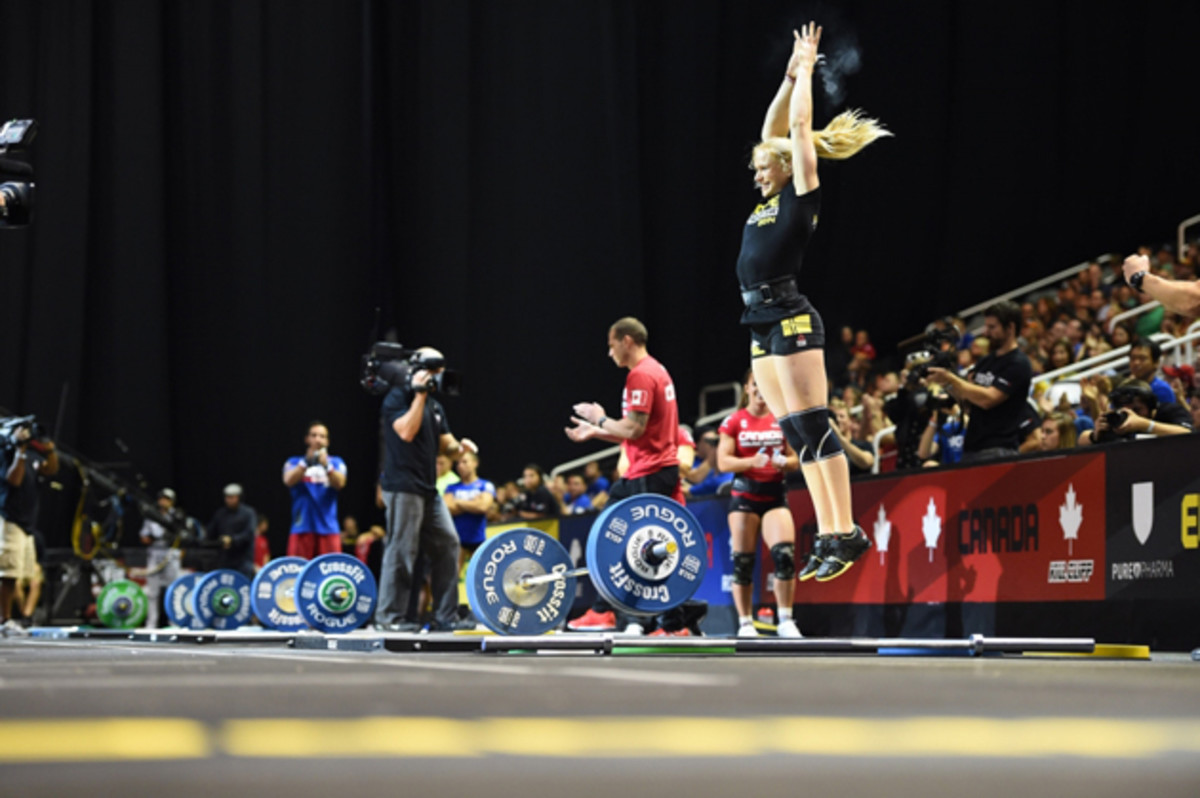
Edge: Early in the book you recount a trip to Malvern, Pa., to become a CrossFit Level 1 Trainer. Among the pronouncements of the guy teaching the class, Tony Budding, is that “Isolating a single muscle is bulls---. Biceps curls are bulls---.” Why are they bulls---?
Madden: The whole thing about CrossFit is, it’s trying to get you ready for real life, to perform functional movements. Think about when you ever just sit and do something that simulates a curl. Maybe if you’re in a German beer hall. Building up that single muscle isn’t going to help you do something you’re faced with in the real world. You’re not gonna see the same benefit.
SI Edge: In sharing your personal journey, you recount your boyhood, growing up with five siblings in Dorchester. While you eventually metamorphosed into a fairly accomplished athlete, you were, in the beginning, the slow, fat kid—and occasionally still thought of yourself that way, into adulthood. Did your CrossFit journey help you banish those feelings of athletic inadequacy—your inner fat kid?
Madden: When you carry something like that around, I don’t think you ever completely get it off your back. But it’s not as much a life-and-death thing to me now, as it was when I started. I’ll see how the Hatfield brothers respond to the book.
SI Edge: The Hatfields were the boys in the ’hood who excelled at everything. We all grew up envying—and trailing behind—various versions of the Hatfields.
The Faces of CrossFit
Jason Khalipa
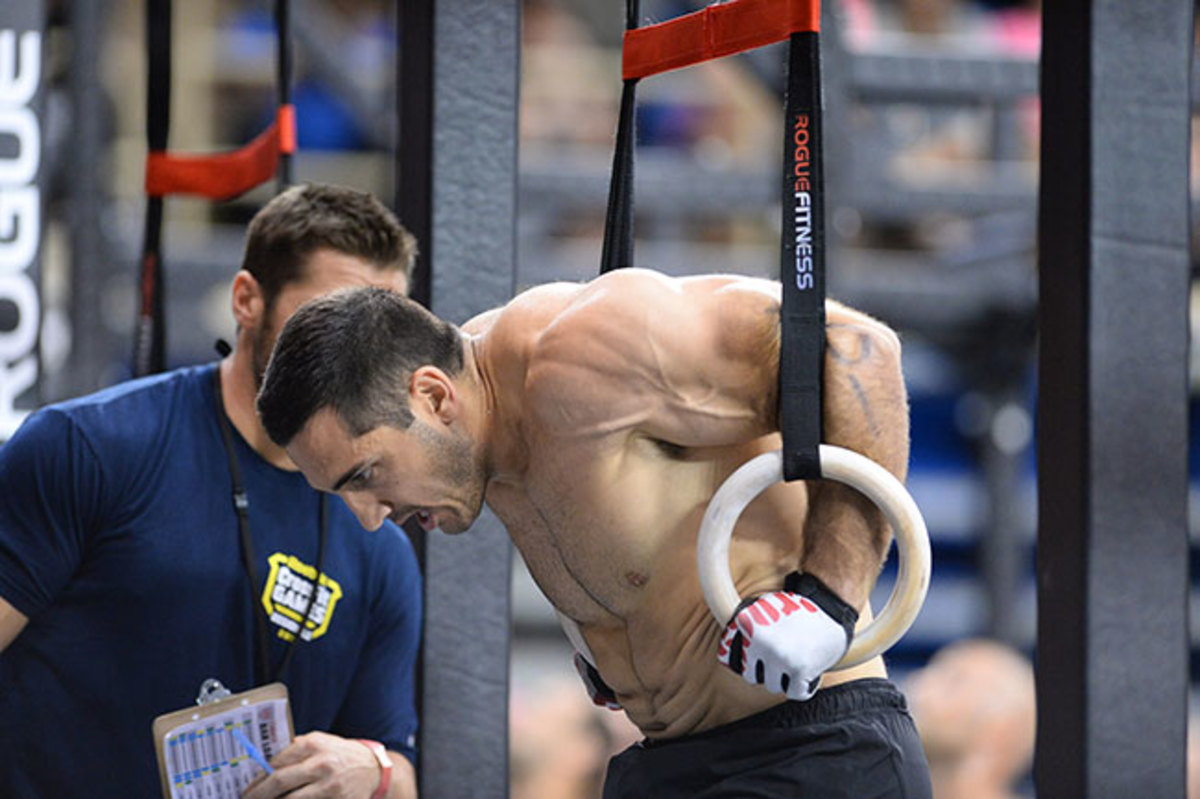
The 28-year-old Khalipa began doing CrossFit in 2006, won the Games in 2008 and won this year's Northern California regionals. He typically rests fewer than four days per month and eats quality foods, but doesn't count calories or measure portions.
Annie Thorisdottir
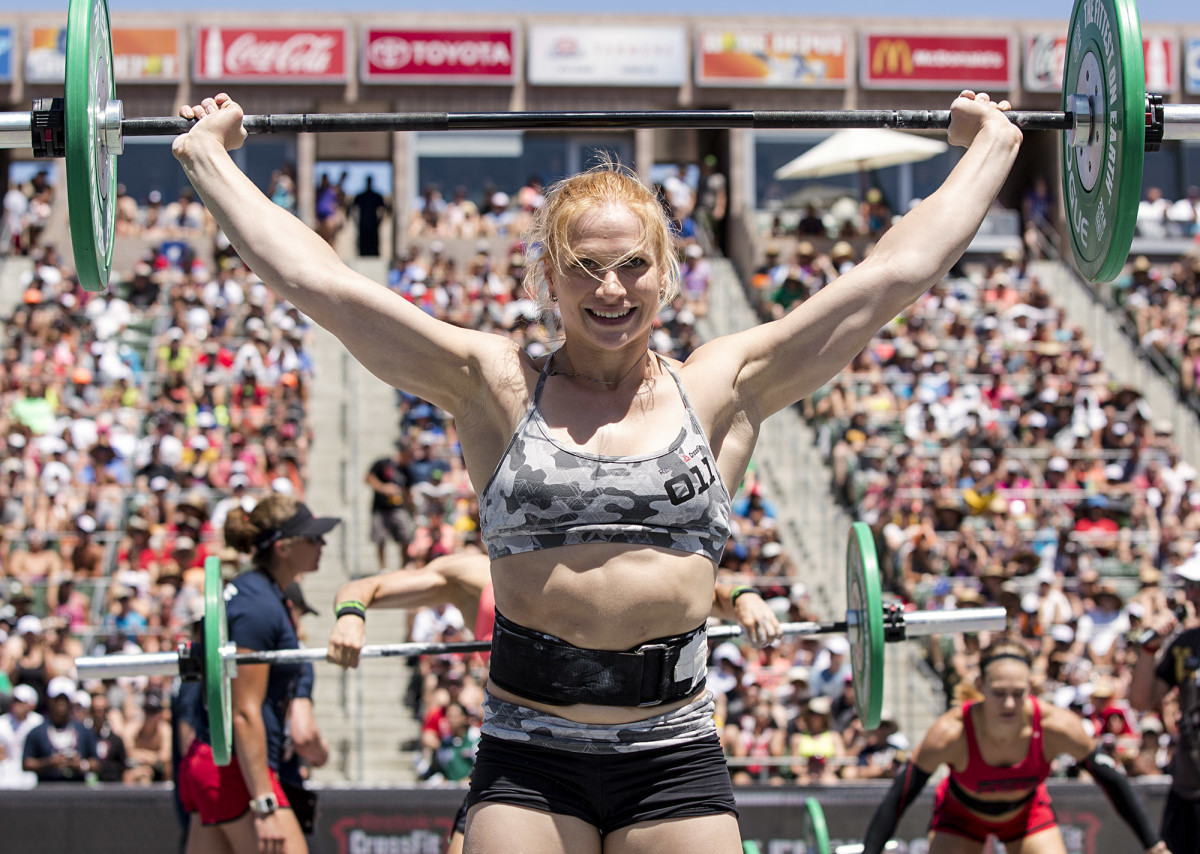
Thorisdottir hails from Iceland where she participated in gymnastics, dance and pole-vaulting growing up, and has done CrossFit for about two to four years. She is the only female to win the CrossFit Games twice, with titles in 2011 and 2012.
Rich Froning
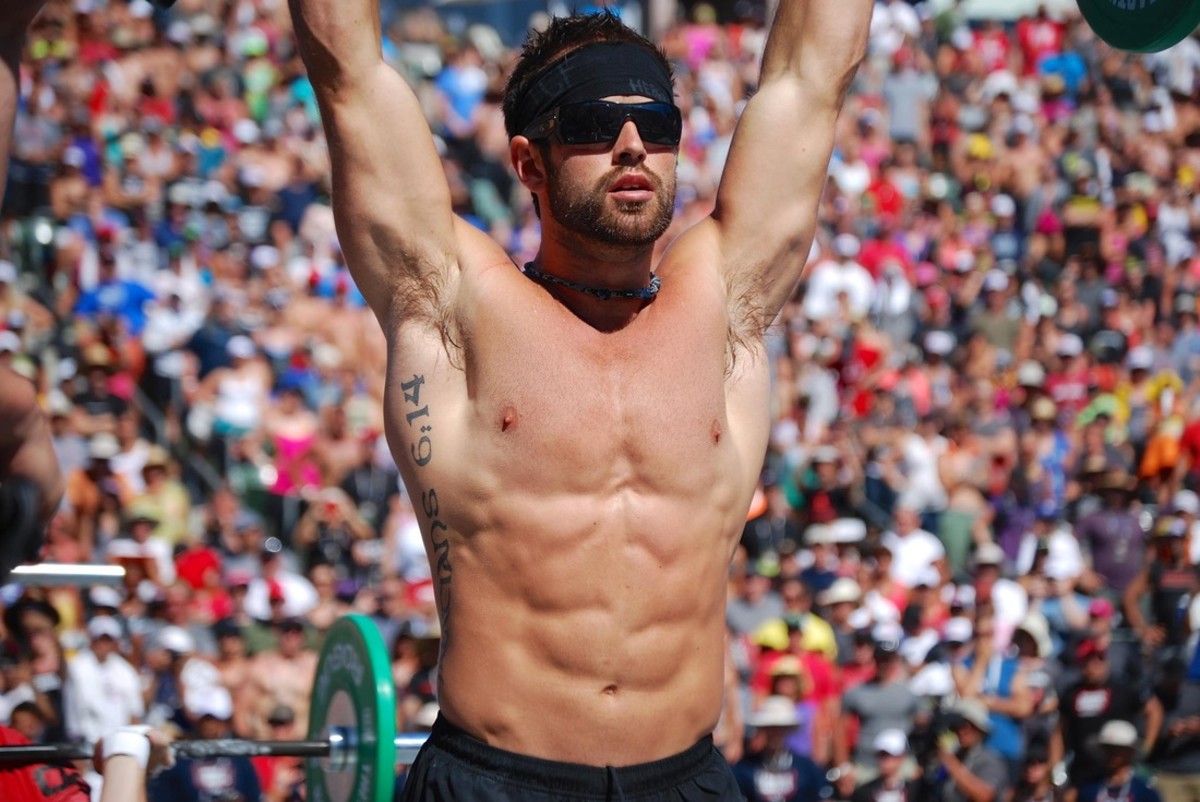
Froning is the only man to win the Games three times, with first place finishes in the 2011, 2012 and 2013 Games. He played college baseball and is looking to defend his title this year.
Alexandra LaChance
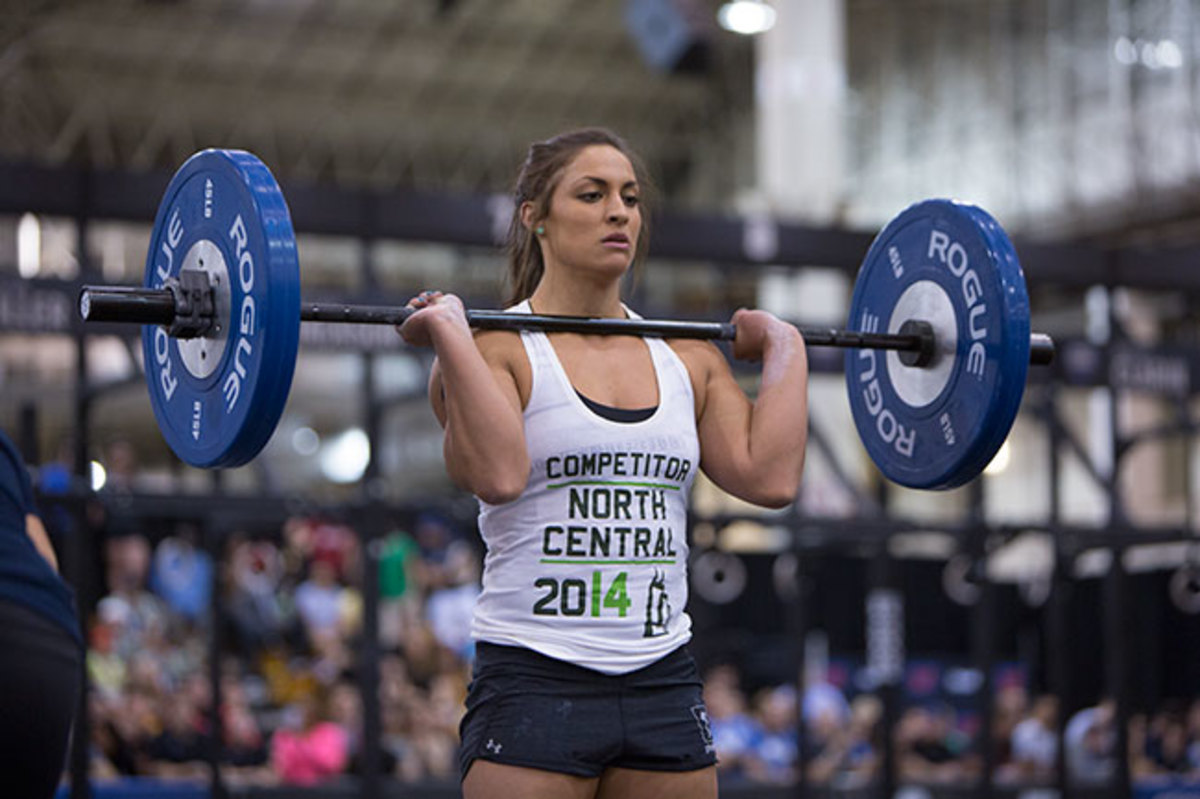
LaChance began CrossFit in January 2013 and won the North Central regionals this year. She was an All-American gymnast for the University of Arkansas for four years and does multiple workouts a day three or more days a week.
Albert-Dominic Larouche
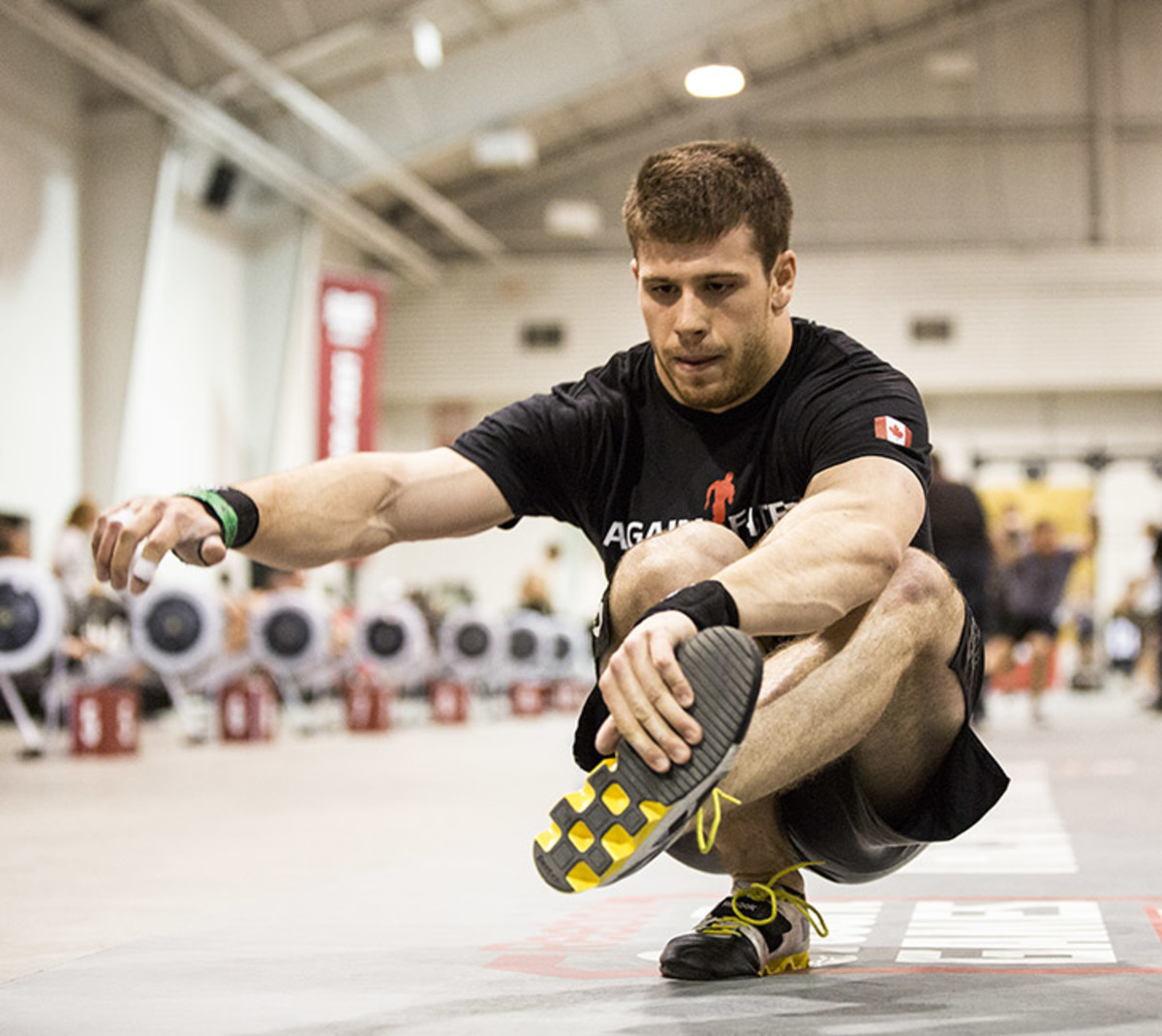
The 24-year-old Larouche won the Canada regional competition and is looking to place top five at this year's Games. In 2012, he was 12th worldwide in the Open; in 2013, he was 37th; and this year, he’s 92nd. He finished 25th at the 2012 Games, and last year ended in 12th.
Emily Bridgers
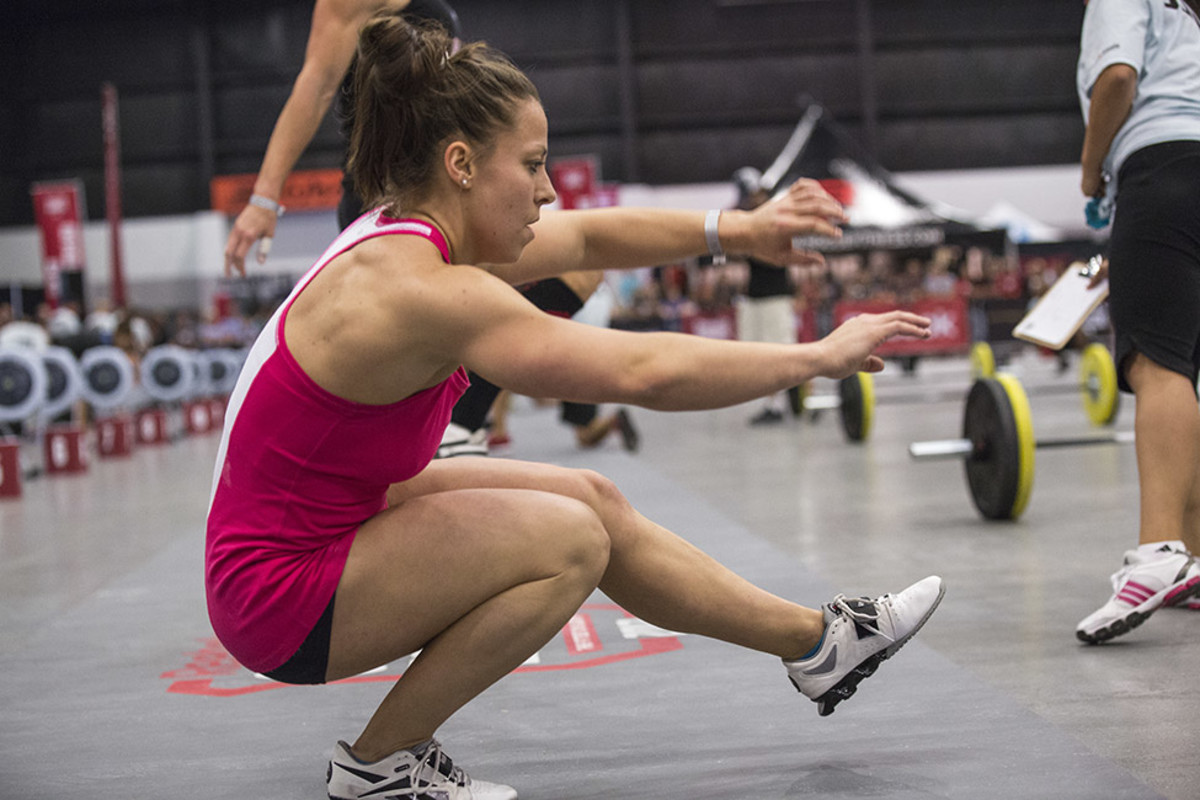
Bridgers is a co-owner of a CrossFit gym in Atlanta and a former collegiate gymnast at the University of Georgia. After three years of top-10 finishes at the South East Regional, Emily Bridgers finally qualified for the CrossFit Games this year and is looking to get on the podium.
Kyle Kasperbauer
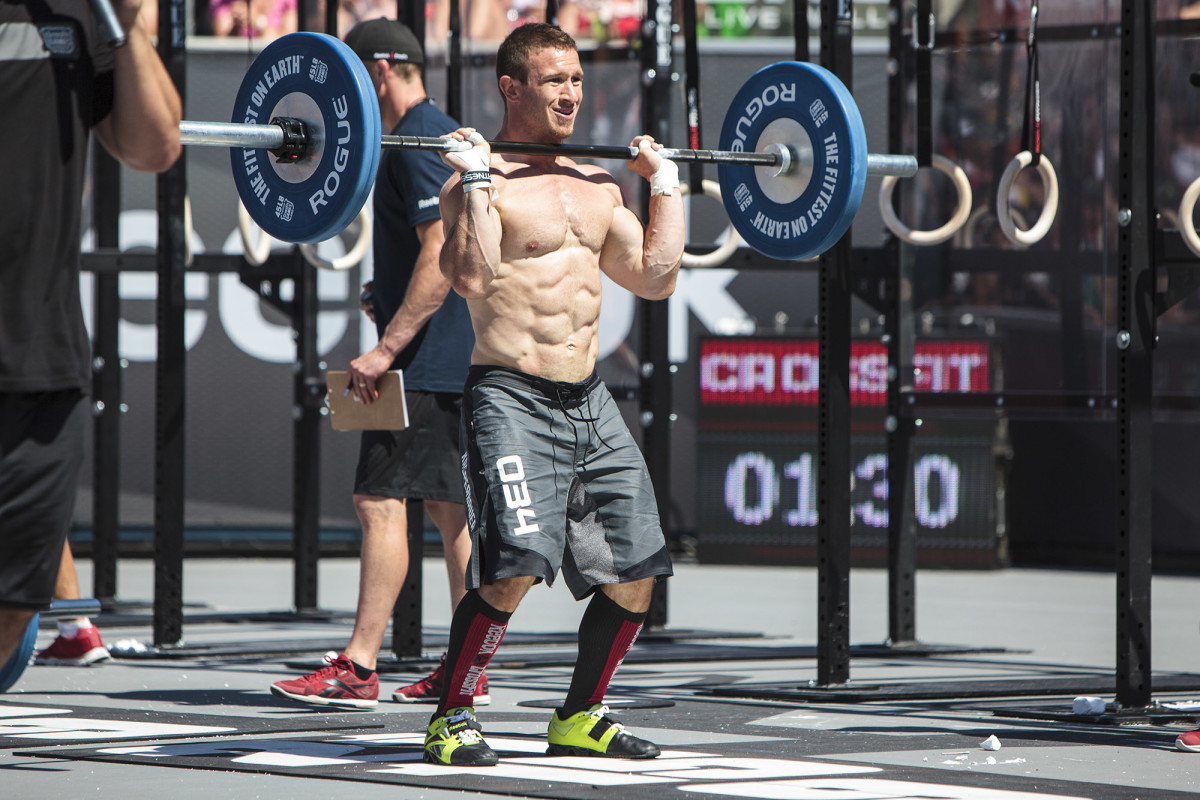
Kasperbauer weighs and measures his food, which he makes sure is strictly following the Paleo diet guidelines. In 2012 he finished in third place at the Games and finished first in this year's North Central regionals.
Emily Abbott
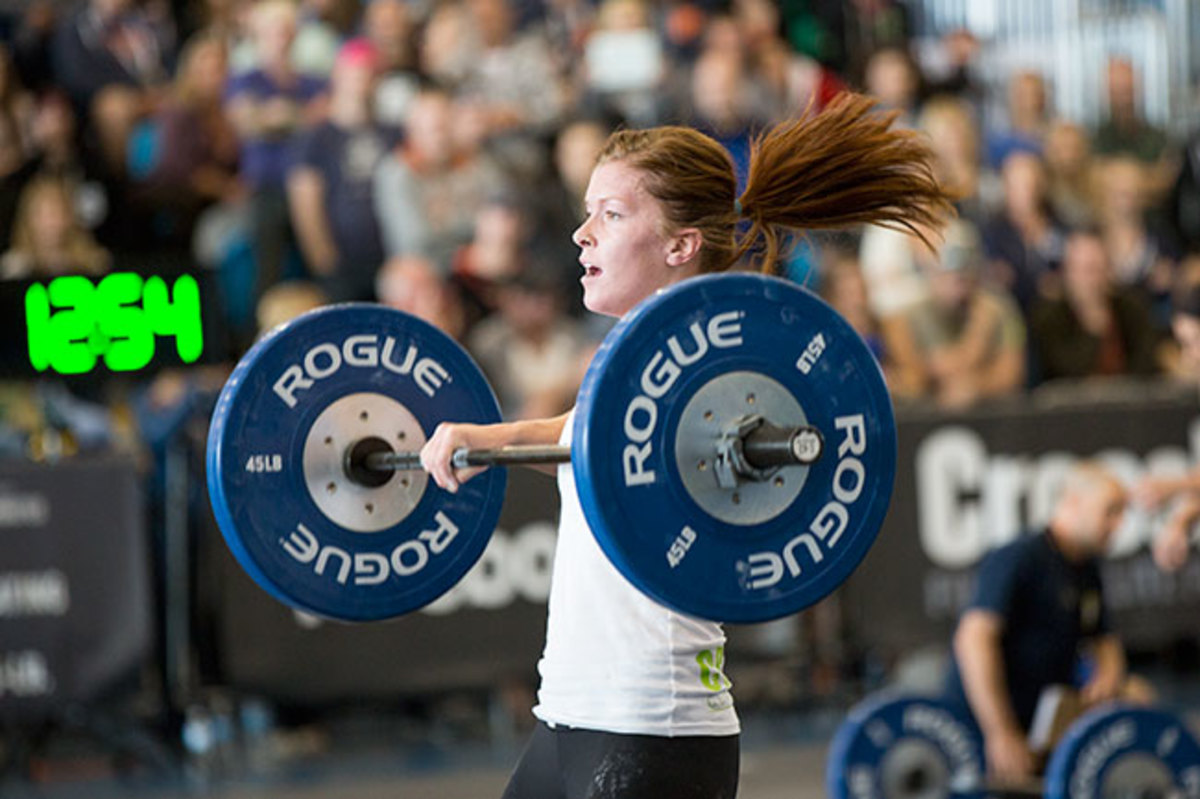
Abbott played basketball at the University of Windsor and played volleyball and ran track and field in high school. The 25-year-old started Crossfit in 2012 but committed to training in July 2013, with hopes of making it to the Games in 2014.
Noah Ohlsen
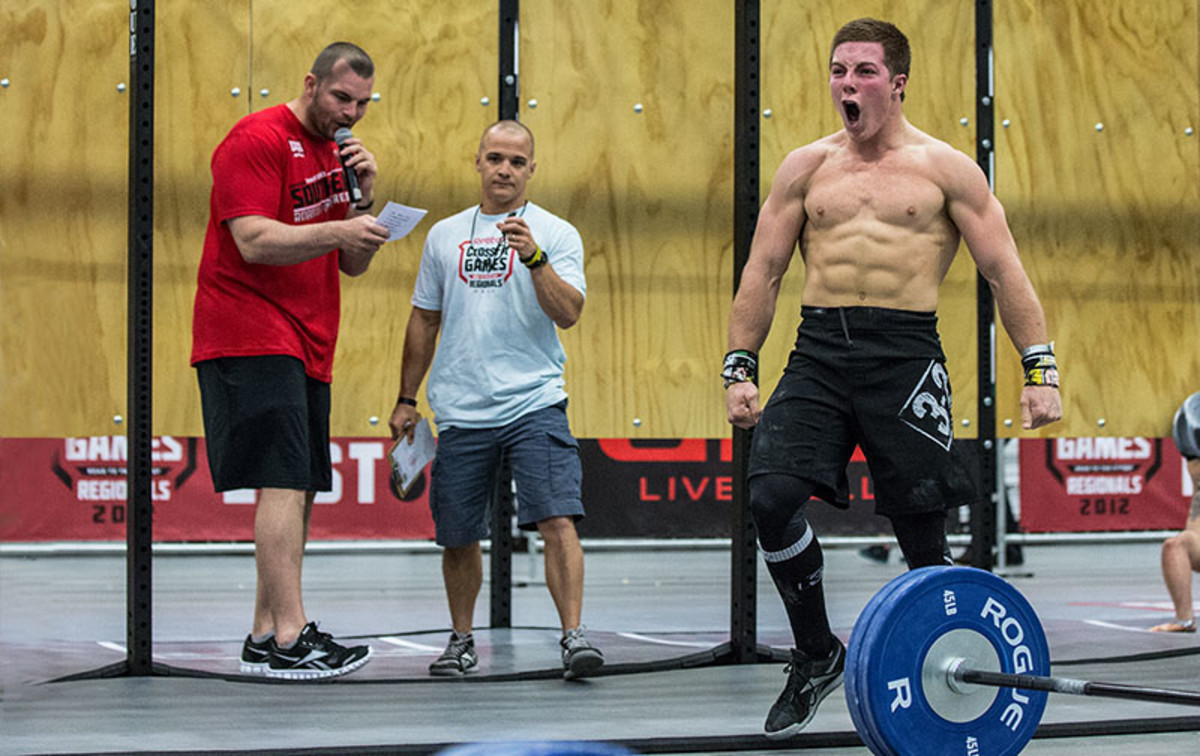
Ohlsen is only 23-years-old and a student at the University of Miami. He played lacrosse until high school and picked up wrestling after his freshman year, and then played water polo at the collegiate level at both Clemson and the University of Miami.
Jonne Koski
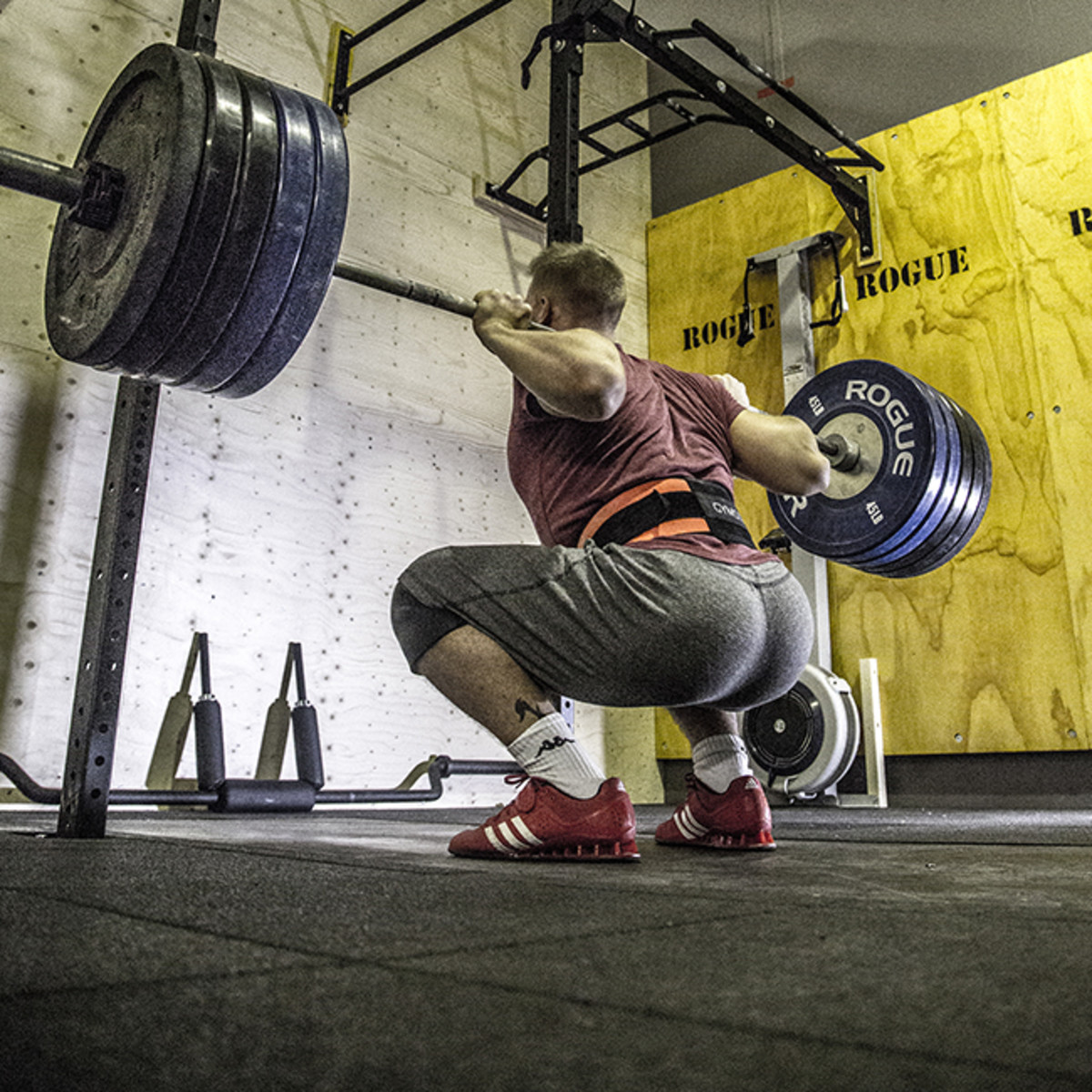
Jonne Koski was introduced to CrossFit by top European athlete Tuomas Vainio and now trains with 2009 CrossFit Games champion, Mikko Salo. The 19-year-old lives in Pori, Finland, and trains at CrossFit Varasto, the new box in his hometown, run and owned by Salo.
Wanda Brenton
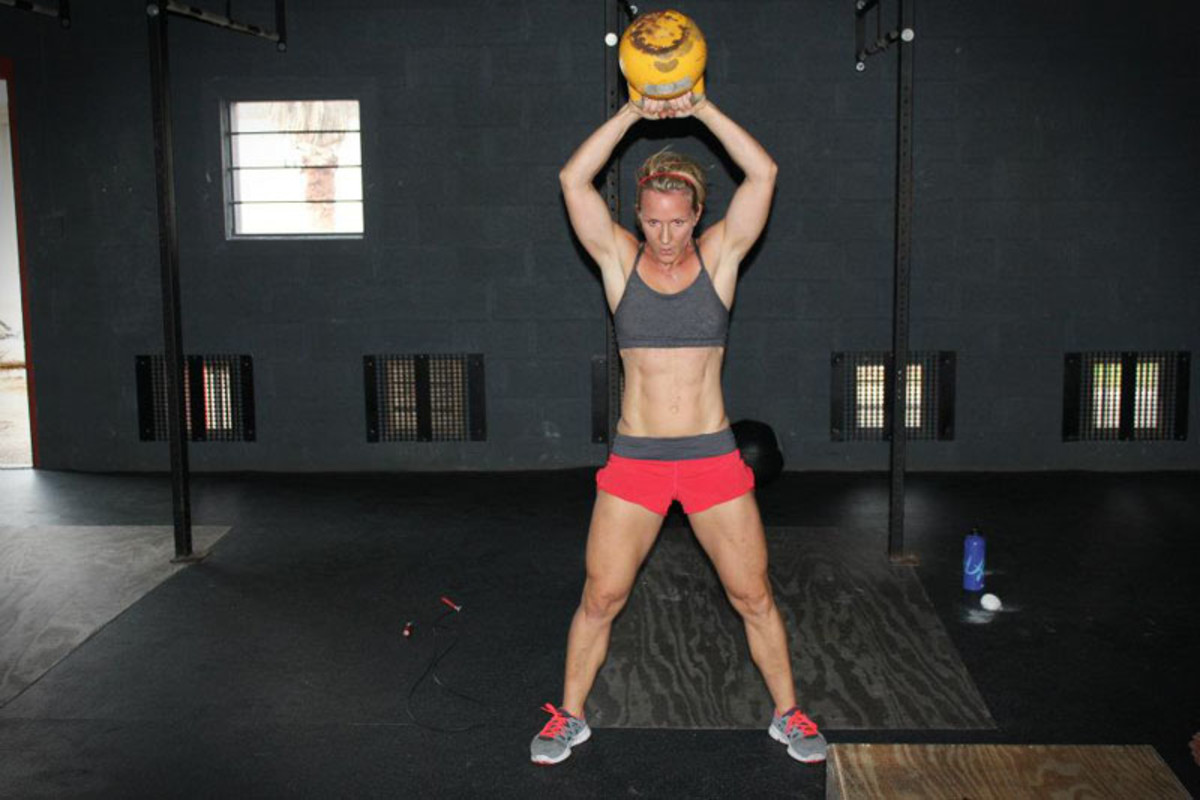
Brenton won the Latin American regionals and is known for doing some CrossFit Moms WOD's when she was pregnant in 2010 and 2011. The 39-year-old owns her own CrossFit affiliate and is from the Cayman Islands.
Lucas Parker
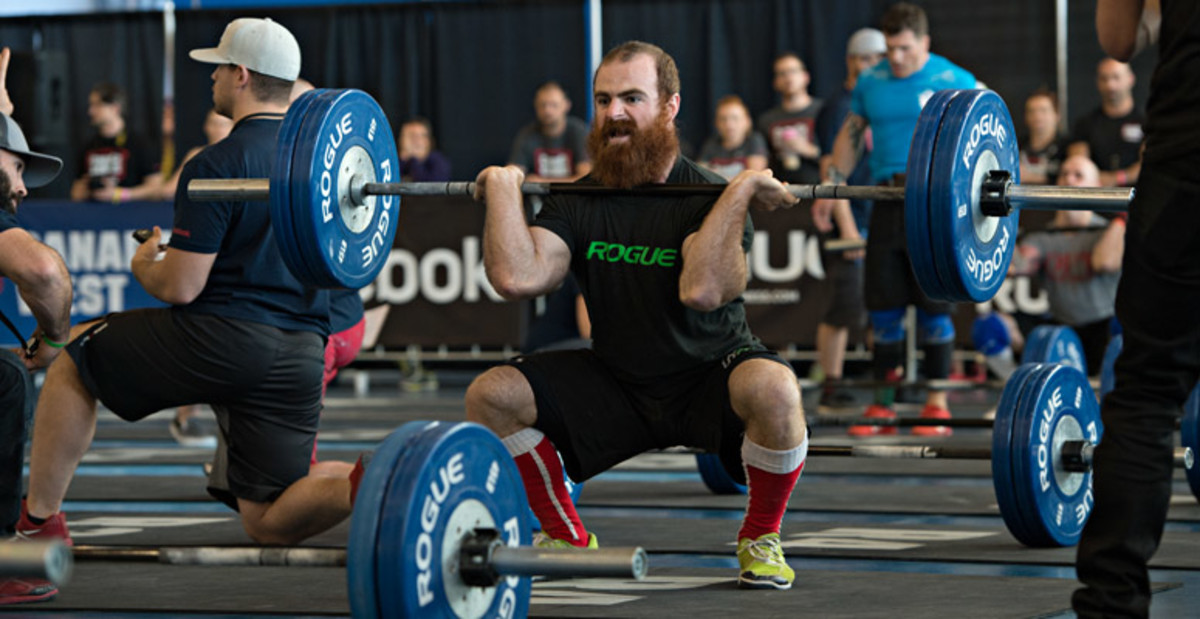
Parker started CrossFit in 2005 and is known for his beard. He has been at the top of the leaderboard since 2011 and won this year's Canada West regionals.
Julie Foucher
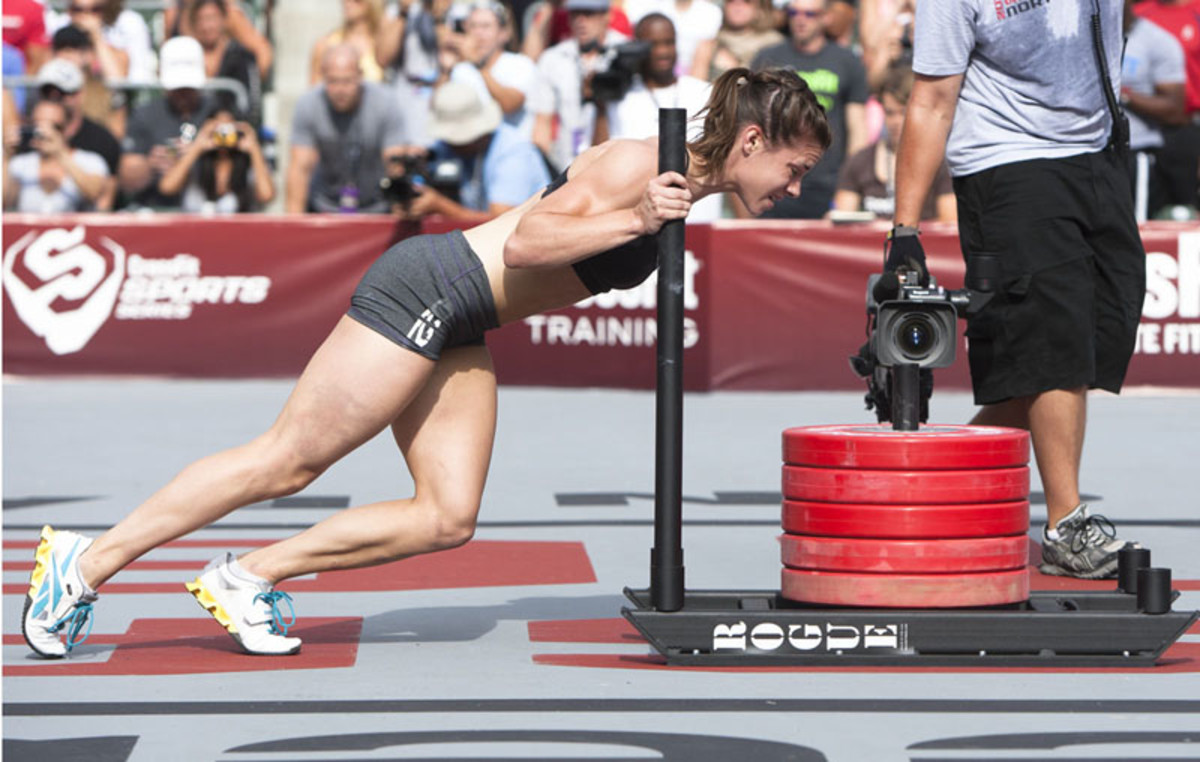
The 25-year-old Foucher did not compete last year because she was attending medical school, but in 2012, she placed second at the Games. She participated in high school gymnastics and track and field and will be training to be a doctor full-time after 2015.
Emmanuel Maldonado
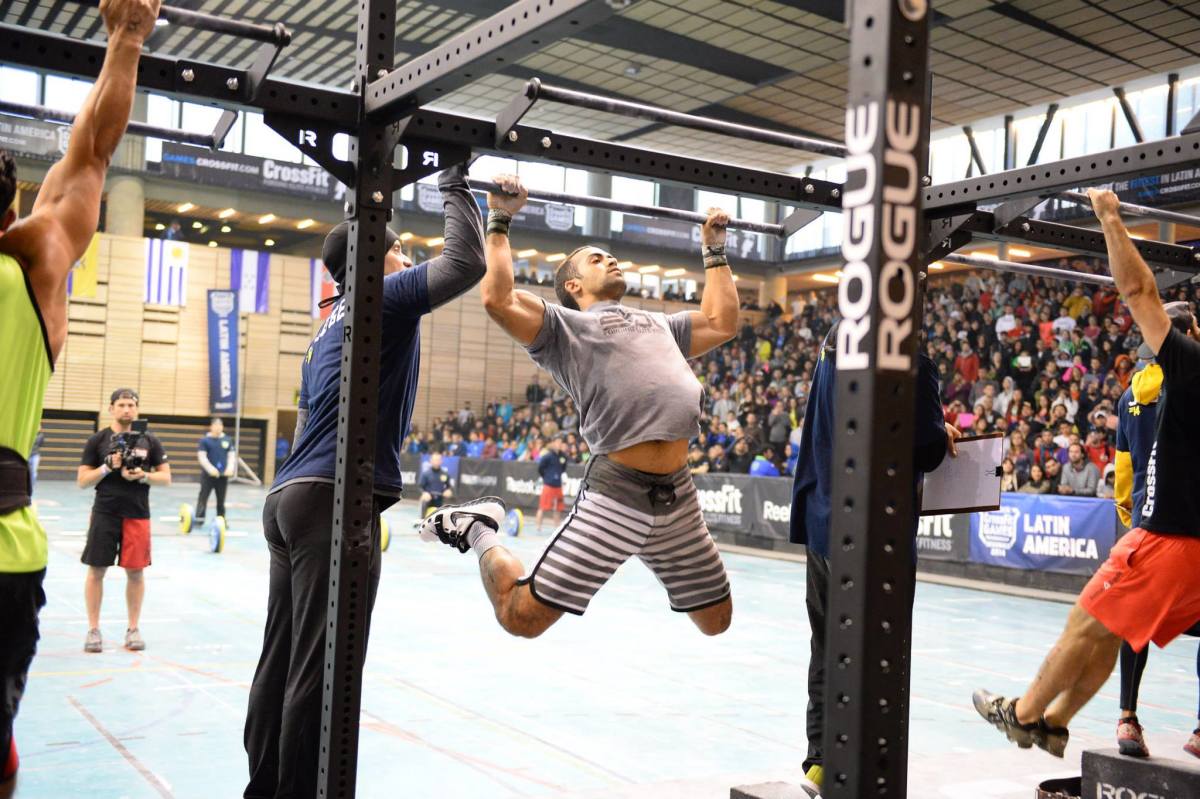
Maldonado qualified for the CrossFit Games out of the Latin America Region. This year's Games will be the 24-year-old's first.
Emily Carothers
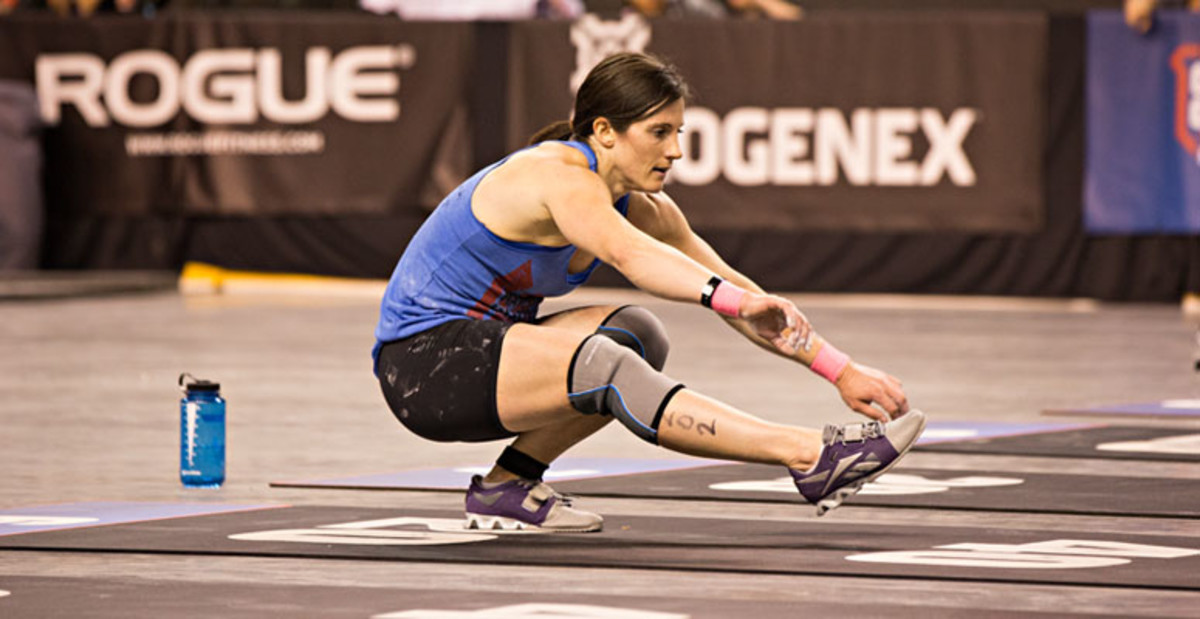
Carothers trains at Tiger Mountain CrossFit in Issaquah, Washington, and finished fourth in the region in this year’s Open, and 23rd at last year’s Games.
Cole Sager
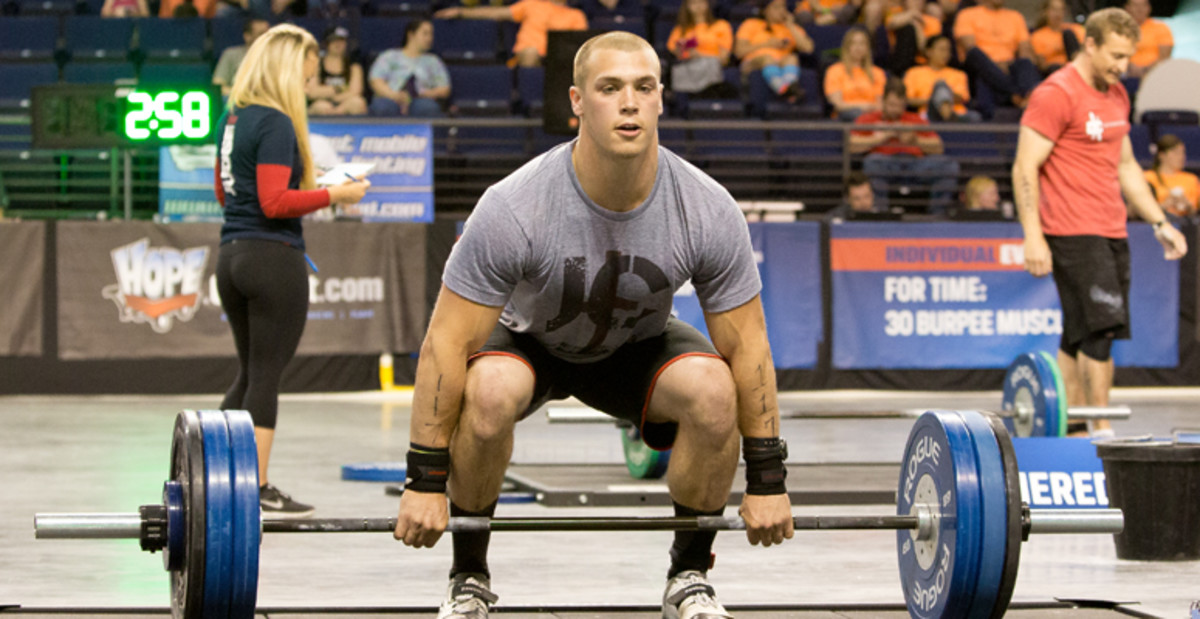
Sager played football for the University of Washington for four years as a running back and special teams player. He started CrossFit in January 2013 and chose to compete at the 2014 North West Regional instead of entering the NFL Draft.
Gretchen Kittelberger
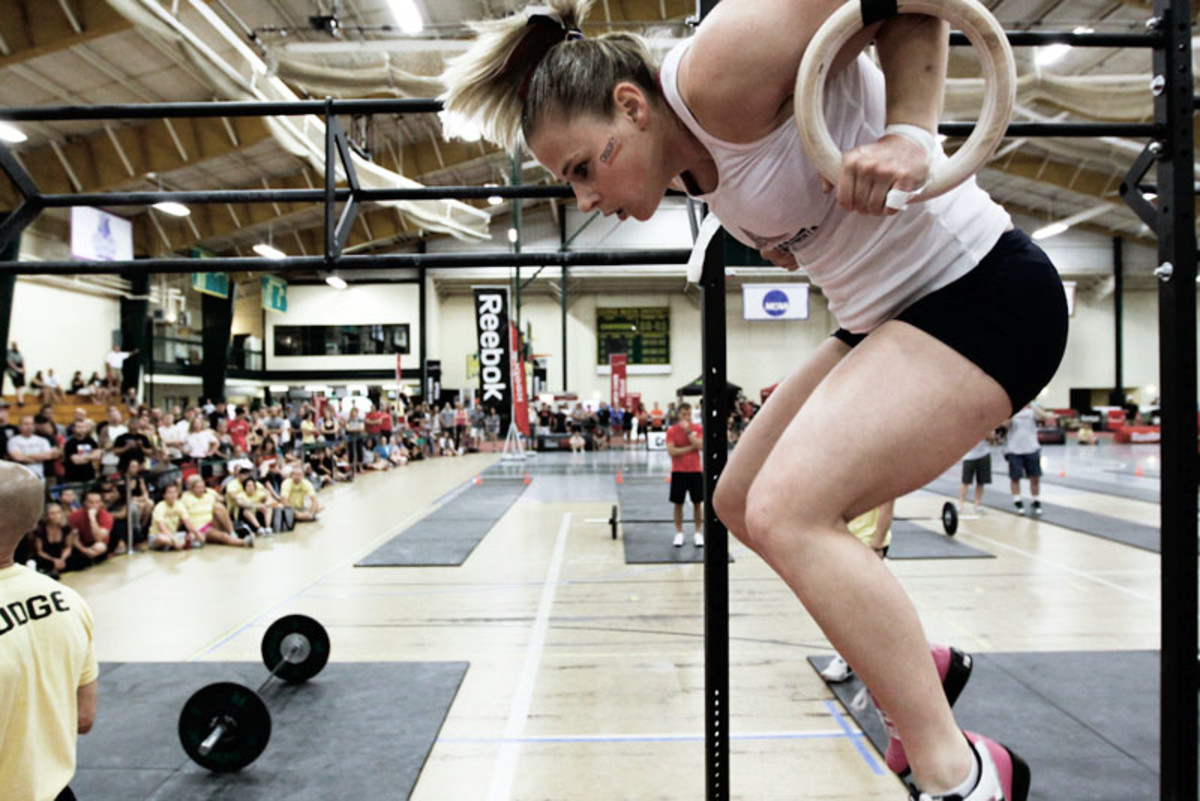
Kittelberger is a former Maryland gymnast and has been doing CrossFit for the past five years. This will be Kittelberger's fourth appearance in the competition.
Rob Forte
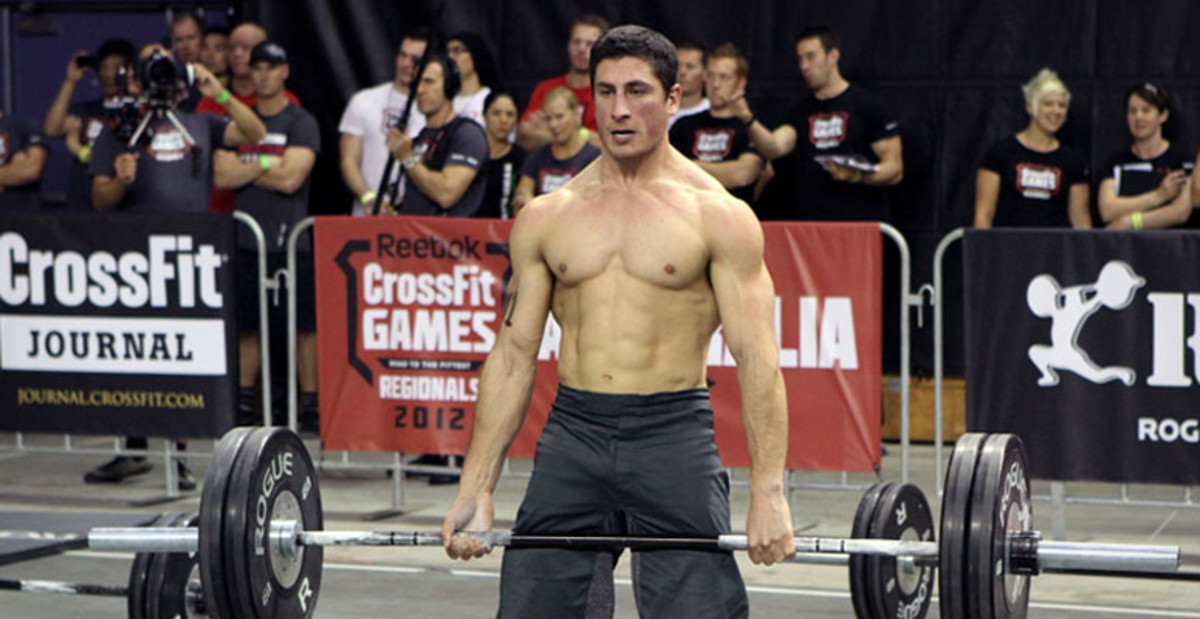
Three-time CrossFit Games competitor and reigning Australia Regional champion, Forte finished 33rd overall at last year’s Games. The 27-year-old has changed his training regimen this year in hopes of making it to the podium.
Denae Brown
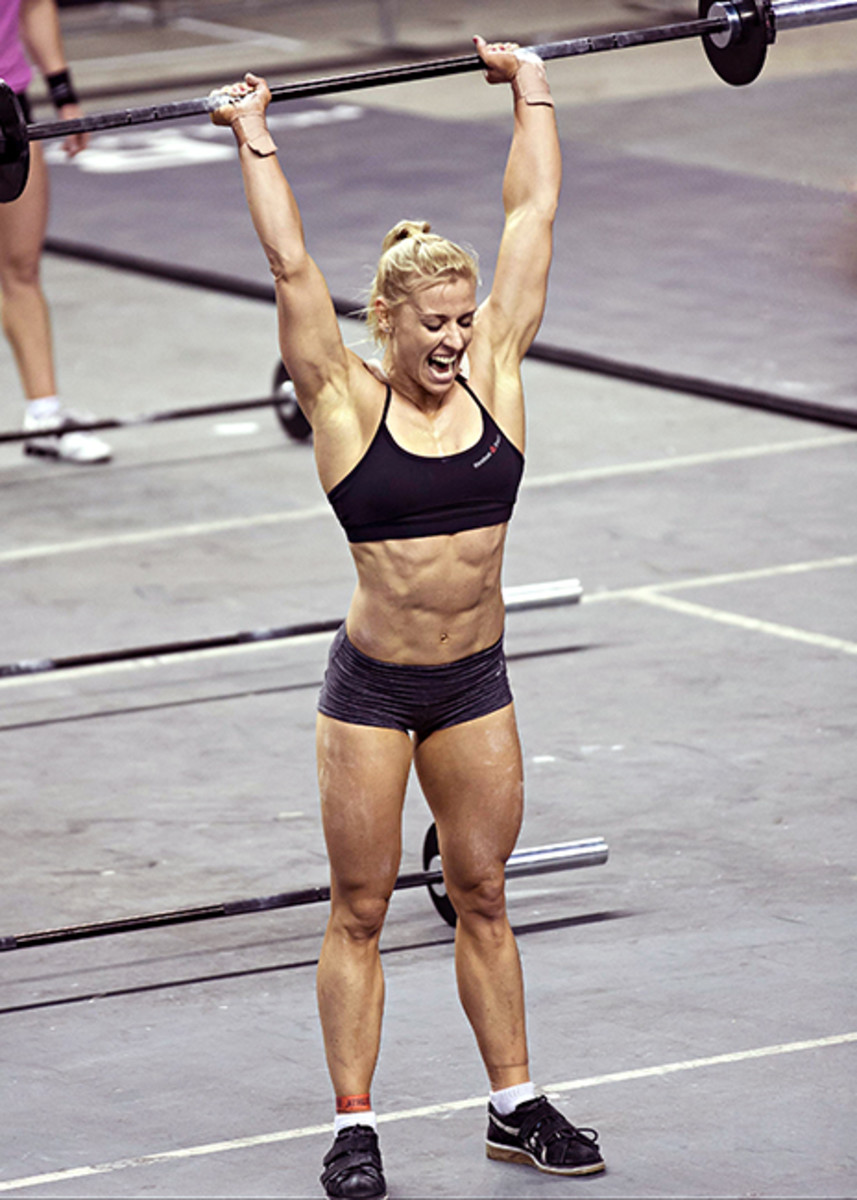
Little over a year after giving birth to her daughter, Brown is returning to CrossFit competition this year. She played basketball, softball, gymnastics, track & field and curling growing up.
Camille Leblanc-Bazinet
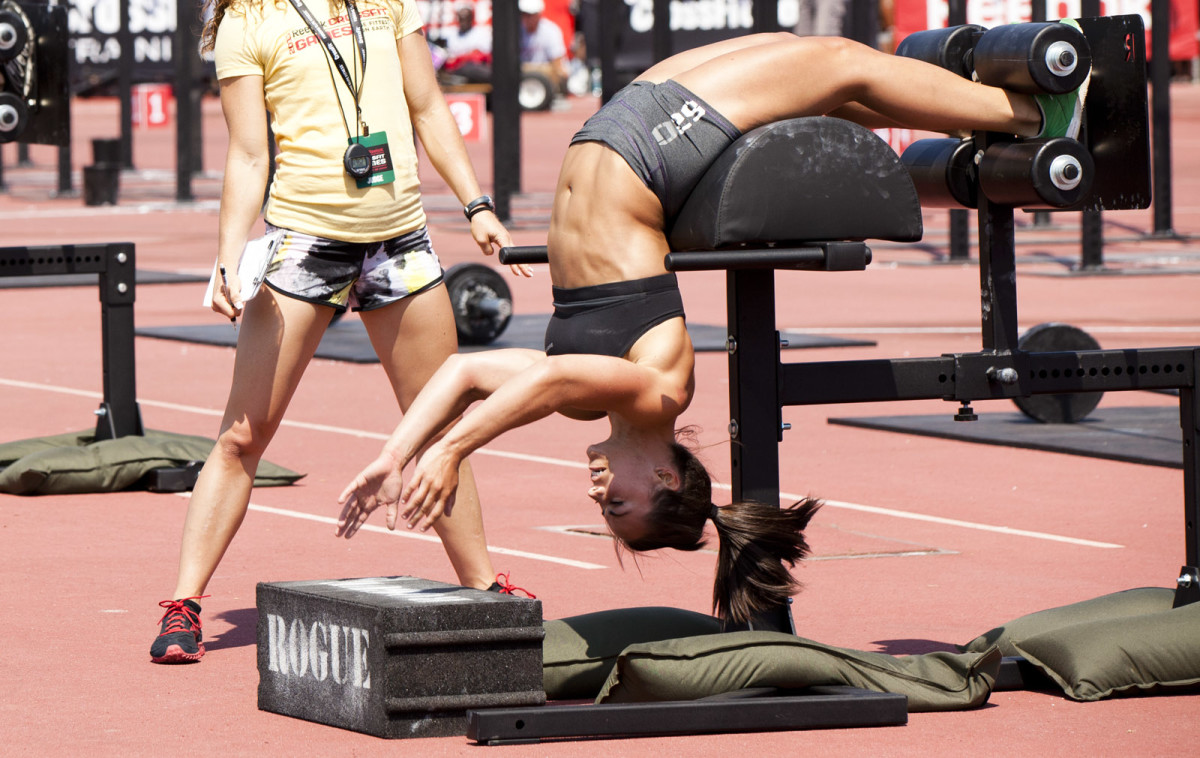
Leblanc-Bazinet has is a four-time Games veteran and has focused on improving her weightlifting going into this year's Games. She has her sights set on the 2016 Olympics with a qualification for the world championships in weightlifting just two weeks after the Games.
Madden: I’ve ridden [bikes] with Bobby Hatfield before, and we’ve talked about all this stuff, and he just says, “You’re crazy, I don’t know what you’re talking about. I don’t remember this stuff at all.”
But yeah, I think [the inner fat kid/those feelings of inadequacy] are pretty much slain, at this point.
SI Edge: Budding talked about why, to quote you, “going hard all the time leads to improved fitness.” It seems like the emphasis and culture of CrossFit is pretty aggro, not as forgiving, or open to the idea of recovery days. Are you listening to your body, or are you telling it to shut up and finish the WOD?
Madden: They say three days on, one day off, and if you can do that, that’s fine. But if you go into CrossFit Journal, you’ll see reams of entries about resting and recovery. I can’t honestly say that they would disagree with us taking a couple days off around Thanksgiving. All I know is what works for me. You gotta know your body, especially as you get older.
SI Edge: Speaking of Thanksgiving, you write about embarking on a Paleo diet, in concert with the CrossFit. Where did you leave it? Are you sort of on a modified Paleo plan. Were you miserable on Thanksgiving?
Madden: I’d say that I’m pretty Paleo. But when it comes to Thanksgiving, when there’s stuffing and pie being served, I’m going to eat it. When there’s Sierra Nevada Celebration Ale to drink, I’m gonna drink it. But on the whole, I’m pretty Paleo. If you do it 100 percent of the time, you get staggering results. But doing it 100 percent of the time will make you nuts.
Having said that, I just put three duck legs in the oven. That’s pretty Paleo.
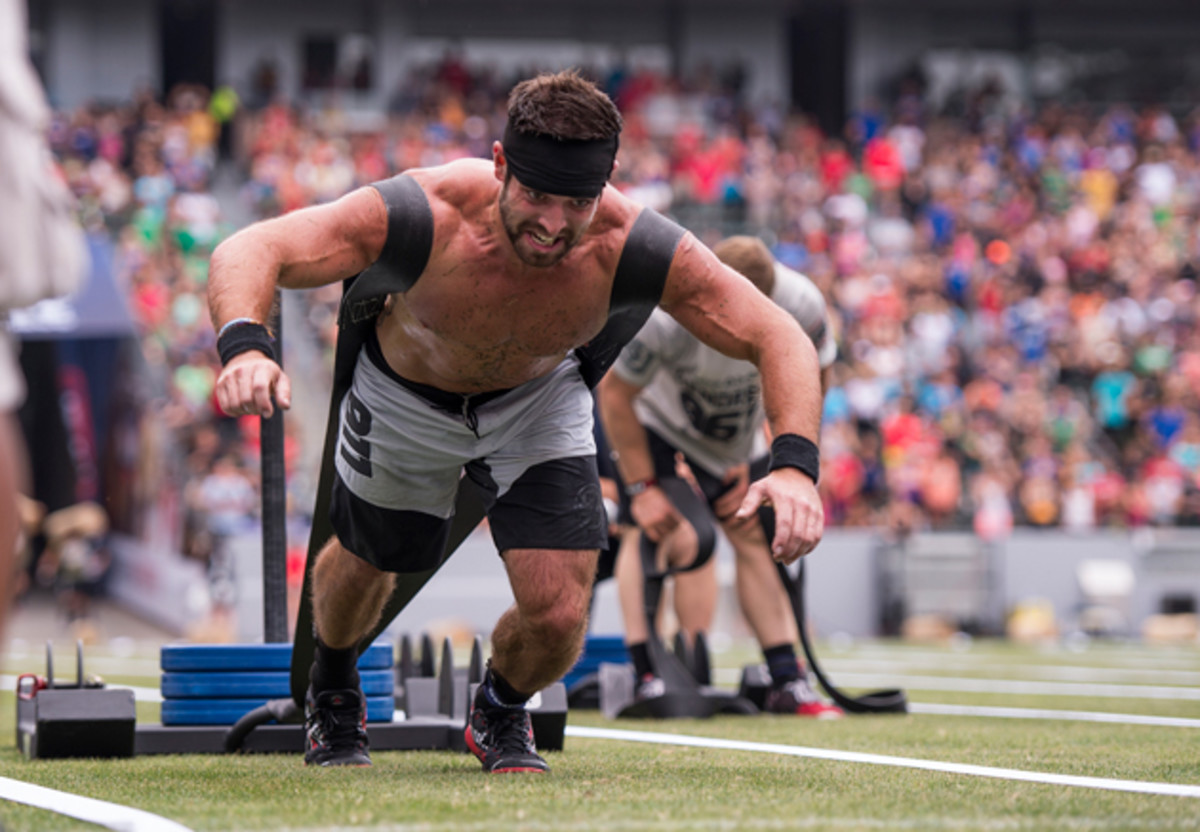
SI Edge: Did you bag those ducks yourself?
Madden: I bought them at the supermarket.
SI Edge: Your book is dedicated to, and I quote, “my mother, Winifred Elizabeth Shannon Madden, who always knew I could.” She emerges as a cool character in the book. She ate Paleo before people knew what that was. She was ahead of her time.
Madden: As I say in the book, Mom was a bad-ass. She was way ahead of her time. She and her dad were big—well, now you’d call them open water swimmers, but when they did it, they were just going for a swim … for a couple miles in Boston Harbor, or off the beach in New Hampshire.
SI Edge: She was an advocate for you, and your involvement in sports, when your father seemed opposed—because it was too much effort, or money.
Madden: There was a lot of tension between her and my Dad about sports. When it came around to me—I’m the youngest of six—she just told him, “You had your way with the other five, I’m raising this one my way.” That meant like, playing hockey and going to bike races. She encouraged me to do everything, where my dad not only didn’t encourage it, in some respects actively discouraged it. And a big part of the book is me deciding who I was gonna listen to.
For the love of CrossFit: Everyone's all in it together at the Games
SI Edge: This book features some of the most elevated, and erudite writing about exercise-induced throwing up in the history of literature. Here again, I’m getting the impression that CrossFit is a celebration of suffering.
Madden: Yeah, there’s a line in there: “I’m a puker from way back.” It’s got something to do with anaerobia. I never puked on the bike, and I never puked swimming. In high school, my rep was basically, Yeah, Madden will run a 51-second 440, then he’ll be under the bleachers puking, but he’ll recover in time for the relay.
It’s happened a few times at CrossFit. It hasn’t happened so much lately, because I’ve figured a few things out. Like, be smart about it. Don’t eat the corned beef hash with two poached eggs before you go.
Or also just, like the workout we did this morning, ask yourself: How do I pace myself such that I get a good time and a good workout, but that I don’t hurl? It’s just learning to do that.
SI Edge: I admired your willingness to put yourself in situations where you might be one of the older, slower guys in the group, and accepting that, rather than being discouraged by it. Such as the chapter on the 20X, which starts with some ex-Navy Seal asking you if you want to quit, you having just ralphed your guts up. Riff a little on that day.
Madden: So yeah, that the hardest one-day thing I’ve ever done. It was 14 hours, and it was essentially three WODs, in one day, and in between we were busy doing other stuff that was physical. It was all designed to show, that you can do it, if you just chip away at stuff. You can do anything.
SI Edge: One of the WODs was something called a Murph. You were working with Navy Seals who had known the guy the workout was named after. Who was he?
Madden: A Murph is a hero WOD—those are workouts named for guys who died in the line of military, or police or fire service. [Michael P. Murphy was a Navy Seal lieutenant who was killed in Afghanistan in 2005.] He’s the guy in Lone Survivor who voluntarily exposed himself to near-certain death in order to acquire a radio signal to call in and ask for help. Because of that, the workout is almost like a sacrament to these guys, especially the ones who had known him. They take it very, very seriously, and demonstrate that by making sure you don’t f--- off during the workout—that you give it everything that you have. The workout itself is: you run a mile, you do a hundred pull-ups, 200 pushups and 300 air squats, then you run another mile. You’re strongly encouraged to try Murph Heavy, which is doing the workout in a 20-pound weight vest.
SI Edge: People I talk to who don’t want to try CrossFit don’t want to try it because they’ve heard it’s easy to get hurt. What’s your protection against injury in CrossFit?
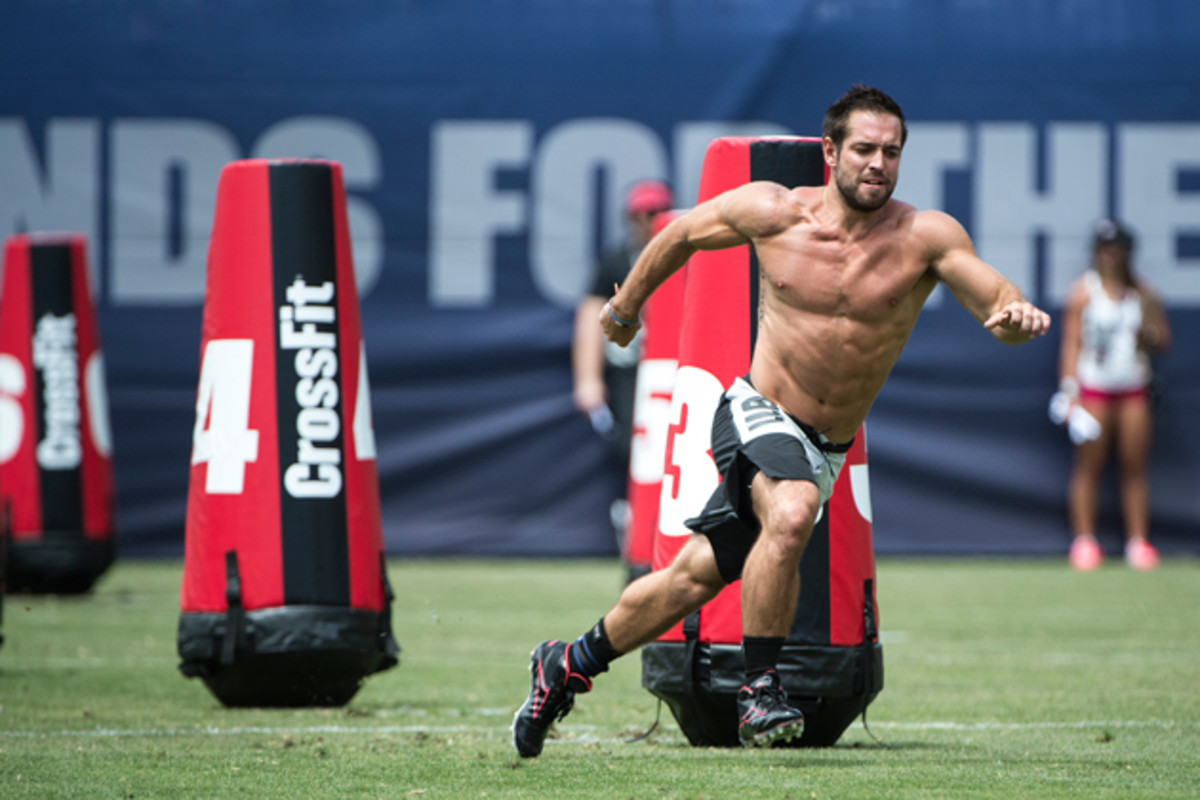
Sanity. Self-awareness. First of all, you need to make sure you’re doing the exercise properly. You need to make sure that you can do it properly repeatedly. You need to make sure you can do it properly, repeatedly, with weight. And you need to make sure you can do all of that when you’re fatigued. And if you can’t, you’re not ready to add more weight.
The times I’ve seen people get injured, it’s when they don’t do the exercise right to begin with. Some of the guys I started this whole thing with were willfully ignorant of their form, until they got injured, and then had come-to-Jesus moments making sure their form was right, and not worrying about how much weight they were throwing on. If you do all the other stuff right, the weight will come.
SI Edge: In your Facebook profile picture, you’re working out with a 45-pound bar, which I respect. It sends a good message.
Madden: When I posted that, a friend messaged, “Hey Hulkster, that’s a 45-pound bar.” And I wrote back to him, ‘Yeah, but I’d just lifted it 210 times. I was doing a ladder. Forty-five pounds gets pretty heavy really f------ fast.”
SI Edge: You’ve scheduled an Embrace The Suck Workout at The Annex, your home box in Chatham, N.J. What will it entail?
Madden: As many rounds as possible in 15 minutes of 10 thrusters, 15 burpees and 20 double-unders.
SI Edge: I recall you inveighing, in particular, against burpees in the book. Aren’t those all genuinely difficult movements that you hated?
Madden: Yeah, that’s the point. They all suck.
